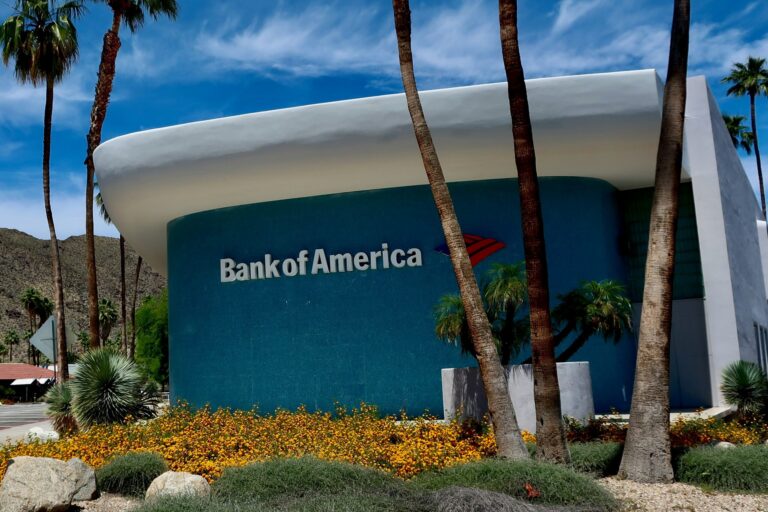Bank of America has revealed a significant 9% increase in its quarterly dividend, raising it from 22 cents to 24 cents per share. This decision comes on the heels of the bank’s success in passing the Federal Reserve’s annual stress test, which gauges the financial health of large institutions under extreme economic scenarios. The raise reflects not only the bank’s robust financial position but also its confidence in the broader economic recovery and its ability to navigate future challenges.
The Federal Reserve’s stress test is a crucial tool used to evaluate the resilience of major financial institutions. The test simulates various severe economic situations, such as deep recessions, high unemployment rates, and disruptions in the financial markets, to assess how banks would respond. By successfully passing this rigorous assessment, Bank of America has demonstrated its ability to weather hypothetical financial storms, showcasing the strength of its capital reserves and its readiness to provide stable returns to shareholders.
This decision to increase the dividend serves as a testament to the bank’s solid financial foundation. By rewarding investors with a higher payout, Bank of America is signaling its financial stability and growth prospects. The increase highlights the bank’s capacity to generate sustainable profits and its commitment to sharing those gains with its investors, even amid the fluctuating economic landscape that has defined the past few years. Investors can expect enhanced returns, reinforcing Bank of America’s position as a reliable and steady player in the financial sector.
The move also aligns with a broader trend within the banking industry, where many financial institutions are restoring or expanding dividend payouts that had been suspended or reduced during the COVID-19 pandemic. With the economy showing signs of recovery and financial institutions strengthening their balance sheets, many banks are revisiting their dividend policies, which is contributing to an optimistic outlook for the financial sector.
While the dividend increase signals positive momentum, it also fuels ongoing debates regarding the Federal Reserve’s stress tests. Critics have raised concerns that these evaluations may not fully account for the evolving complexities of the global financial landscape. They argue that the tests should be more dynamic, incorporating forward-looking assessments that address emerging risks, such as shifts in global trade, technological advancements, or geopolitical factors. Nevertheless, the fact that Bank of America has succeeded in this year’s stress test and chosen to raise its dividend underscores the effectiveness of the current system in ensuring that major financial institutions maintain sufficient capital reserves to survive potential crises.
Ultimately, Bank of America’s decision to increase its dividend reflects both its confidence in its own performance and in the overall recovery of the financial industry. It provides reassurance to investors that the bank is well-positioned to navigate future challenges while rewarding those who have placed their trust in its long-term growth strategy. This move underscores the importance of a resilient financial system capable of withstanding economic shocks, especially as the global economy continues to evolve.



